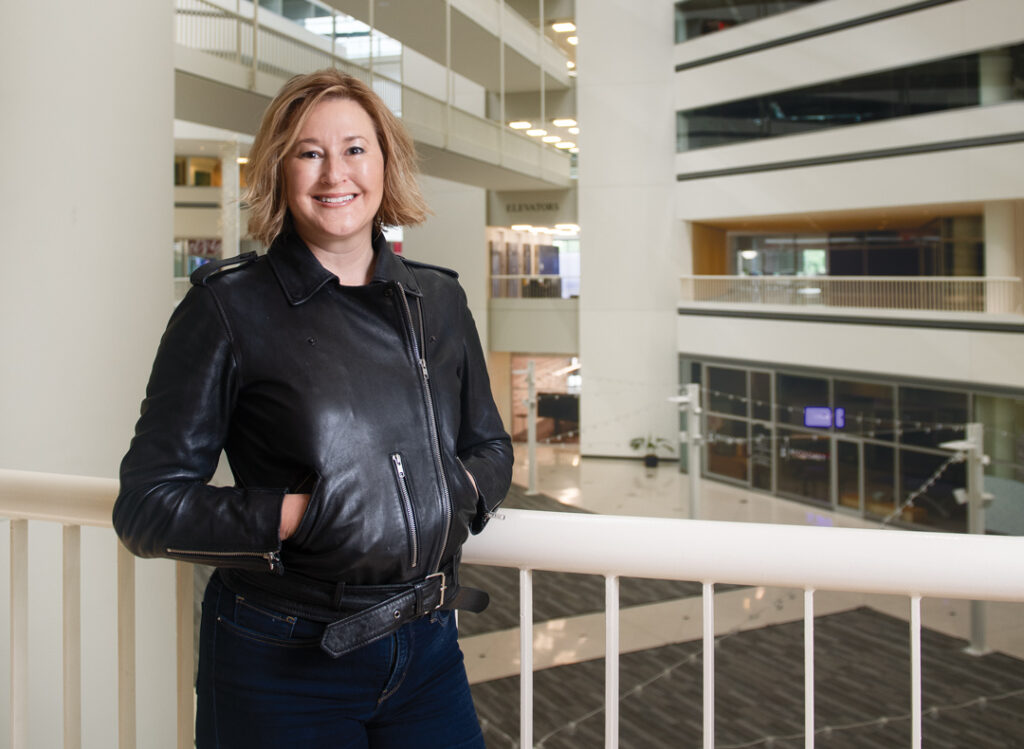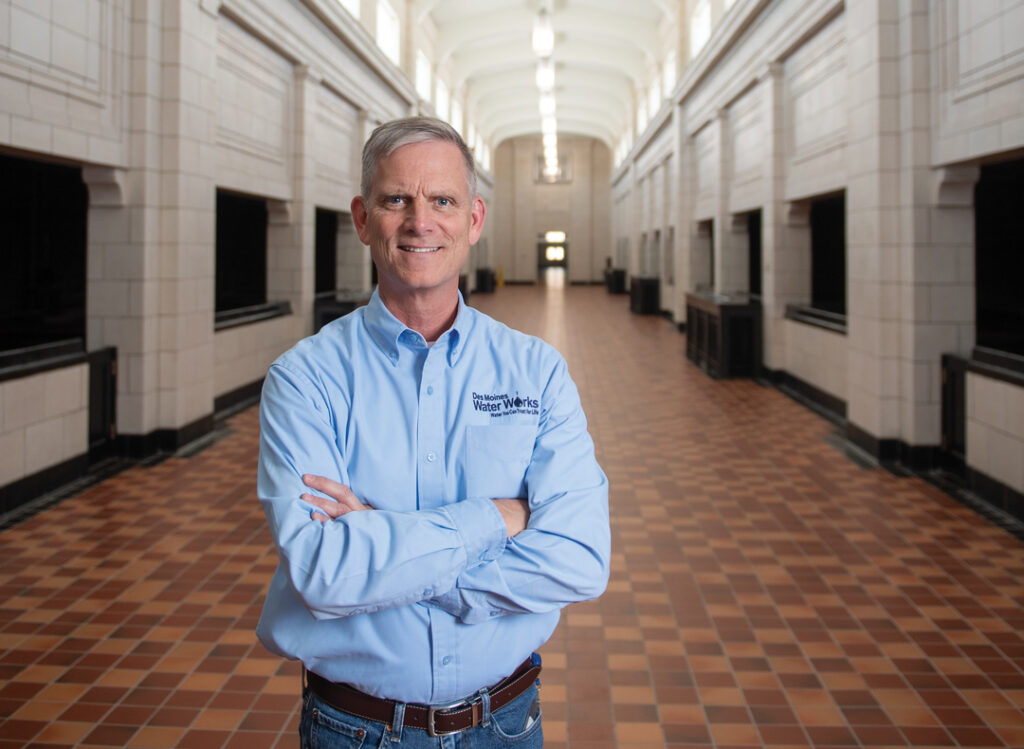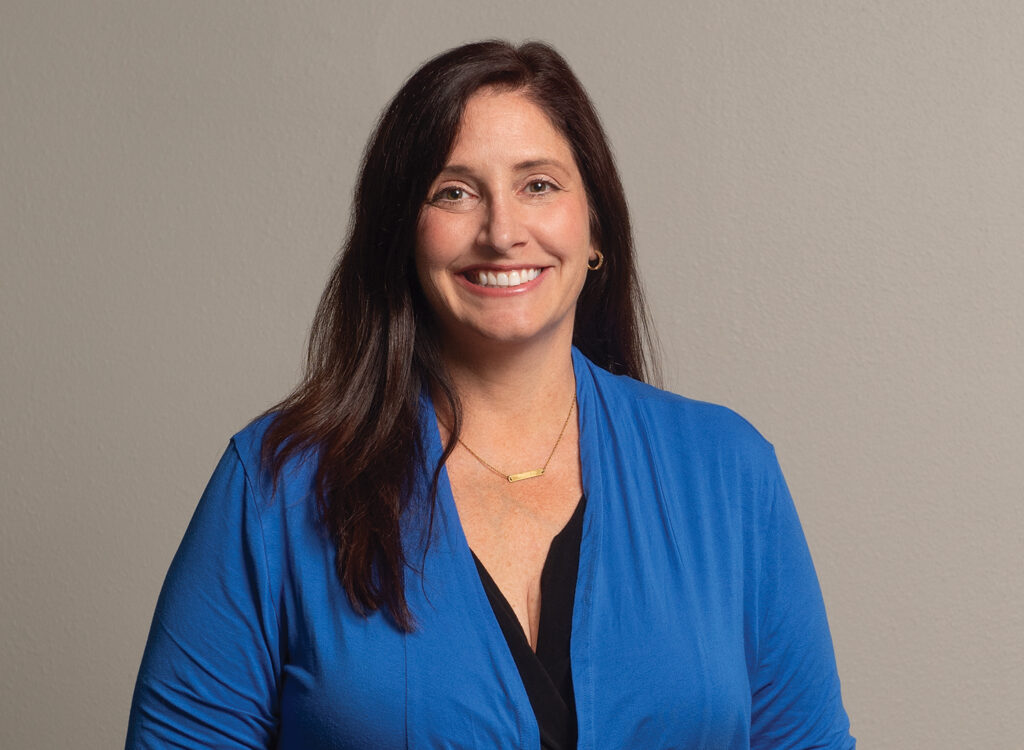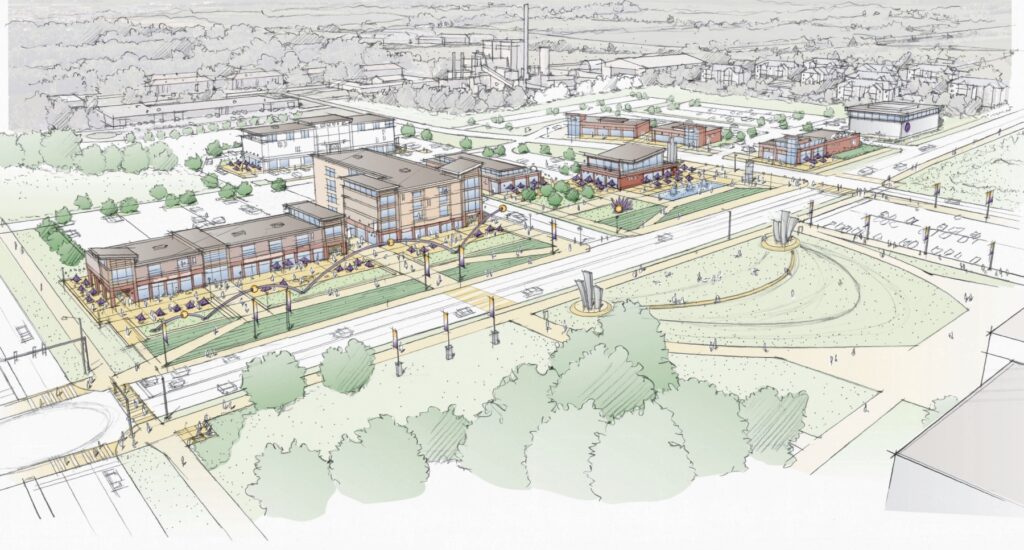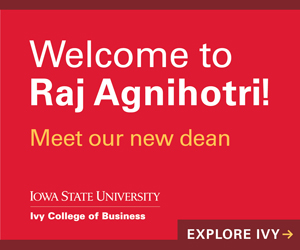Education Insider
3 key issues Iowa’s college provosts face

The West Des Moines Chamber of Commerce recently brought together the provosts of Iowa’s three public universities and Des Moines Area Community College for a forum on the future of higher education in the state.
On the panel were:
– P. Barry Butler, provost and executive vice president, University of Iowa
– Kim Linduska, provost and executive vice president, Des Moines Area Community College
– Jonathan Wickert, provost and senior vice president, Iowa State University
– Jim Wohlpart, provost and executive vice president, University of Northern Iowa
Senior staff writer Joe Gardyasz highlights three key issues discussed during the forum.
Q: Gov. Terry Branstad just set a goal for 70 percent of Iowans to attain higher education beyond high school by 2025. Is it realistic and how do we get there?
Wohlpart: This is part of the changing landscape of the workforce, where now we may begin to say that even a college degree isn’t enough and that we have to look at various types of certificates. … It is feasible for us to think about the way in which we could provide additional experiences for students so that they are prepared, and one of the things we need to hear (from businesses) is what those experiences are.
What are the essential qualities of a student who has gotten their bachelor’s degree that we need to think about?
Butler: Setting a goal like that is commendable and doable. The question is, how do you get there? That group of people we’re referring to are not all going to be the traditional 18-year-old students. It’s not something that any single school in the state will solve, but something that all higher education in the state will have to address. We do, for example, the RN-to-BSN program online; about half of our students do it that way. They’re out in clinics working and doing the online piece to elevate their clinical experience up to the bachelor’s level.
Wickert: We’ll get there by creating partnerships (between the community colleges and universities). We know that by 2025 there will be a shortage of college-educated people of about 16 million. It will come back to access and affordability. One of the ways we’ll get there is by widening the pool of those who are coming to our institutions to get their education.
We know that students from lower-income families are about one-seventh as likely to pursue higher education as someone from better-off families. We also know the graduation rates of those students are lower than the general student population. So we need to think about how we can broaden the net and further diversify the student body and set those students up for success at all of our campuses. I think that will be a big piece of the puzzle to be able to meet the workforce needs of the future. At Iowa State, this is a key priority of President (Steven) Leath and is something I think holds a lot of promise for the state as we continue to see demographic changes in our population.
Linduska: There are people working low-level jobs whose work structure doesn’t allow them to go back to school full time. But what we’re working to develop is “stackable” certificates. If you can get somebody into a certificate program for six months, then they can go on to that next level. We’re trying to develop certificates that make sense … so that it isn’t such a big bite for people to go back to school.
Q: Should the structure of four-year degree programs be changed to address high costs? Can the curriculum be shortened or adjusted?
Butler: First of all, a lot of students in Iowa come to our universities and colleges already with credit, thanks to the programs we have available in the state. The two drivers for keeping costs down from the student’s perspective is time-to-degree and the cost that you’re paying for that semester. So being able to finish sooner, you get in the workforce faster and you have less debt built up.
The programs we’ve been working on lately have been to encourage students to take as many (hours) as they possibly can during a semester, and also to make better use of the summers. That’s counter to some views on this — that there are great internships and activities out there. But we have pushed hard in the summer, and last summer we had about a 30 percent increase in credit hours. We will see next year and the year after how that translates into time-to-degree. So we’re doing what we can in that area. When it comes to what actually defines a degree, those are defined by the academic expectations that faculty have, and that the national accreditation agencies have. There is very little flexibility on that latter part.
Wickert: At ISU, our largest college is engineering — over 9,000 students — and the curriculum is set by national accrediting bodies. The same is true for many other programs across campus. We never want to be in a situation where we’re directing students into programs that are not fully accredited. Our position is that if any program on campus can be accredited, then we’re going to get it accredited because the quality aspect of that is very important to us.
We’ve identified about 60 undergraduate programs (out of our 300 degree programs) where it’s possible to complete the degree in three years. It’s not necessarily an easy lift, but for students who use the summers strategically, who aren’t making changes … so if that is their goal, there are pathways for them to be able to do that in many of our programs. … But if you pursue the three-year degree, you’re not going to have time to do that research project, that internship or time to study abroad. You’re not going to be able to take advantage of those leadership opportunities, which can differentiate them when looking for a job.
Linduska: Our career technical programs do operate year-round. Students who graduate from our career programs are in great demand, and employers want them as fast as possible. However, about 60 percent of our students come to us as liberal arts students, intending to transfer in two years. About 70 percent of those come in as undecided. Our goal is to get them their AA and transfer as efficiently as possible. We’re really working to create better pathways for those students to the three regents universities and the private schools we work with. Strong articulation programs are the key for students who start at a community college and finish at a university for them to graduate on time and as efficiently as possible.
Q: What are the most pressing issues facing higher education today and strategies to address them?
Butler: One of the issues that comes to mind is cost containment. It sometimes comes across in the context of student debt, but at the end of the day, it’s really what it costs to educate students. I can speak for all of us here that we work daily to keep costs down, and that we work with students so that they pay for it in a way that’s responsible. The state of Iowa, I think, does quite well, frankly, in terms of financial aid compared to the rest of the country.
The other issue is just being relevant to (the public), to make sure that we’re listening to the feedback. We all have advisory boards, special speakers come to campus to question us on what we’re doing. So it’s a constant process that the types of students and skills they have when they leave the institution are in sync with what you need in your businesses.
To see more questions and responses from the forum, go here




